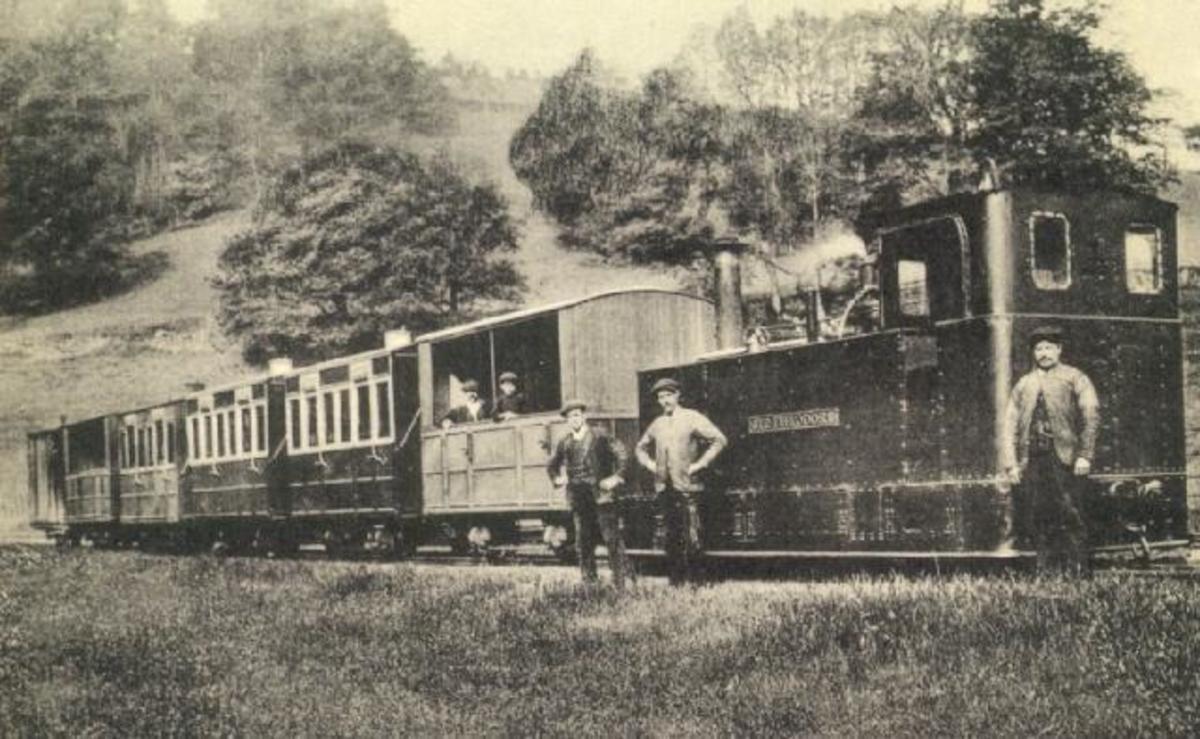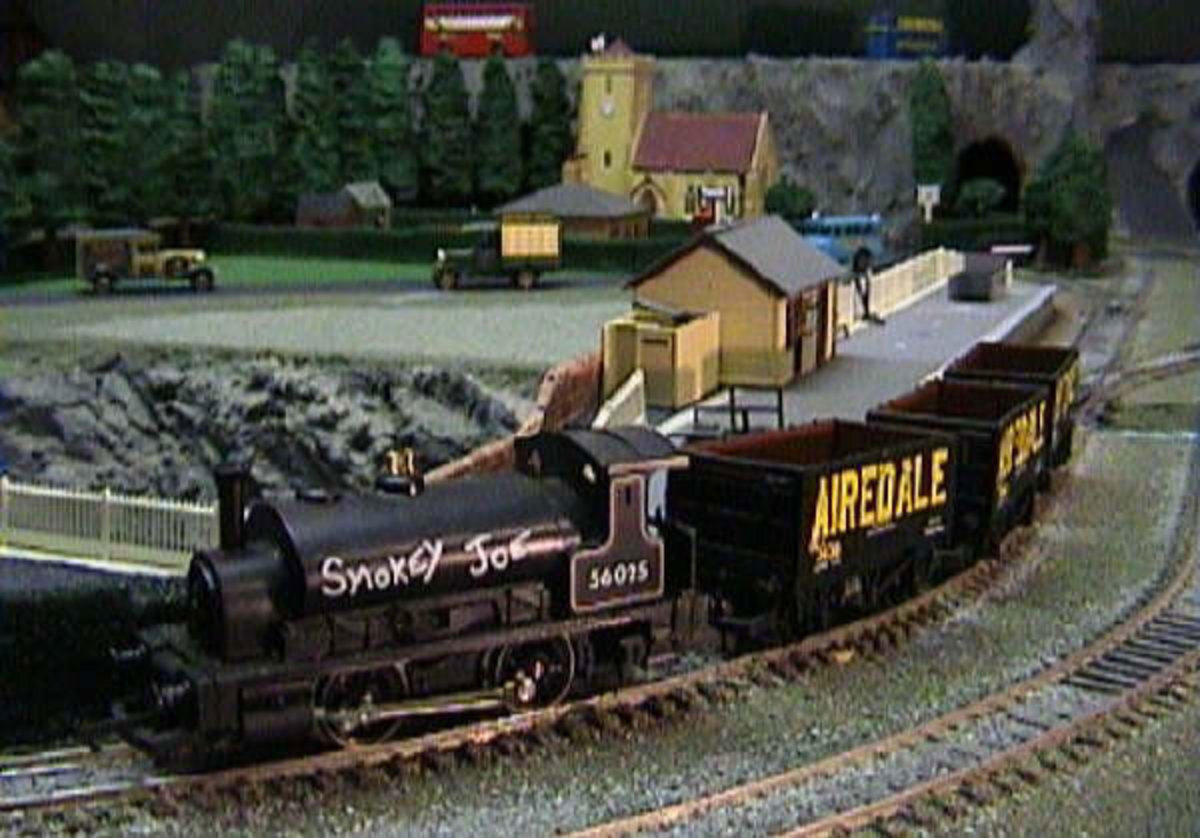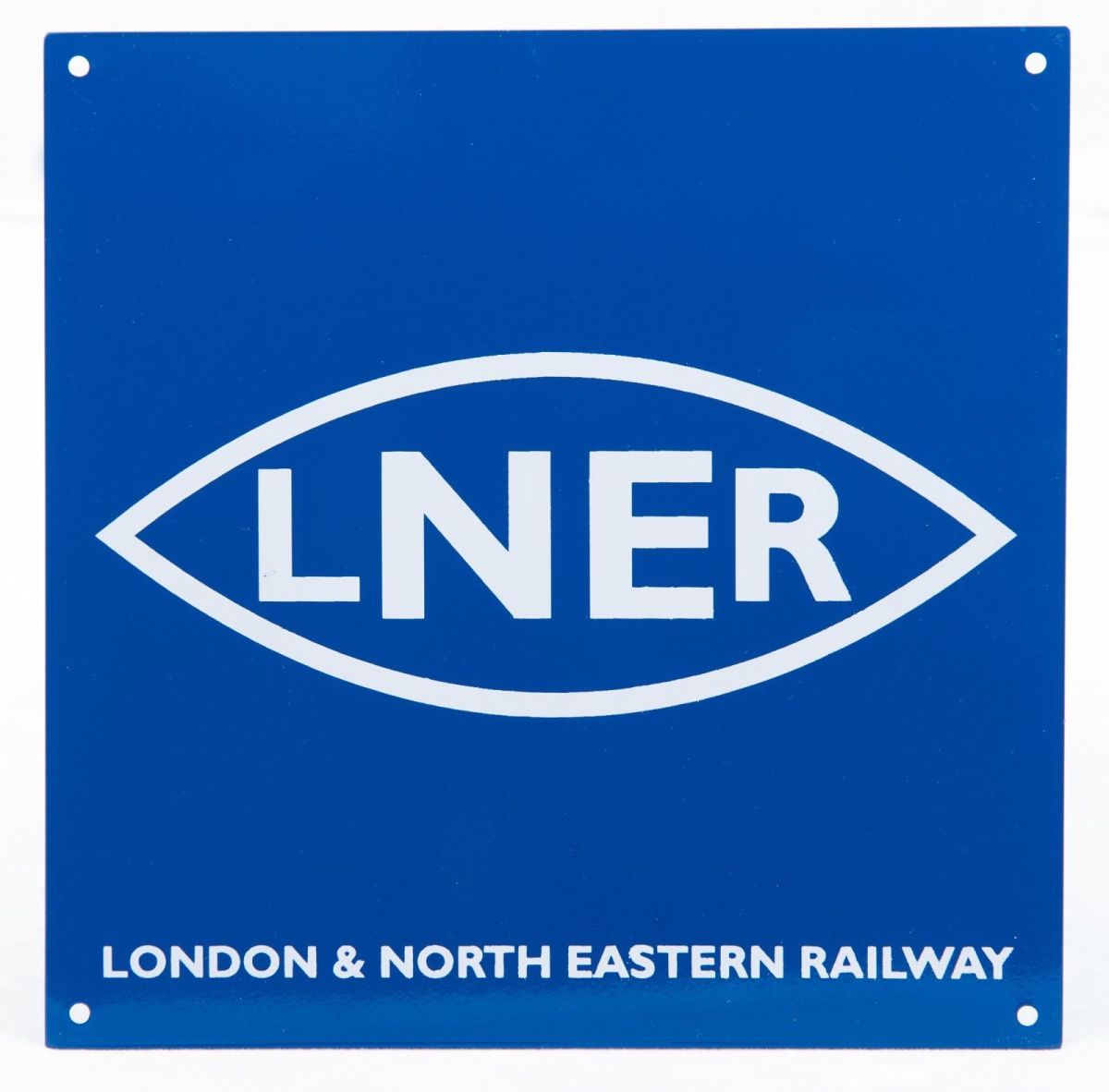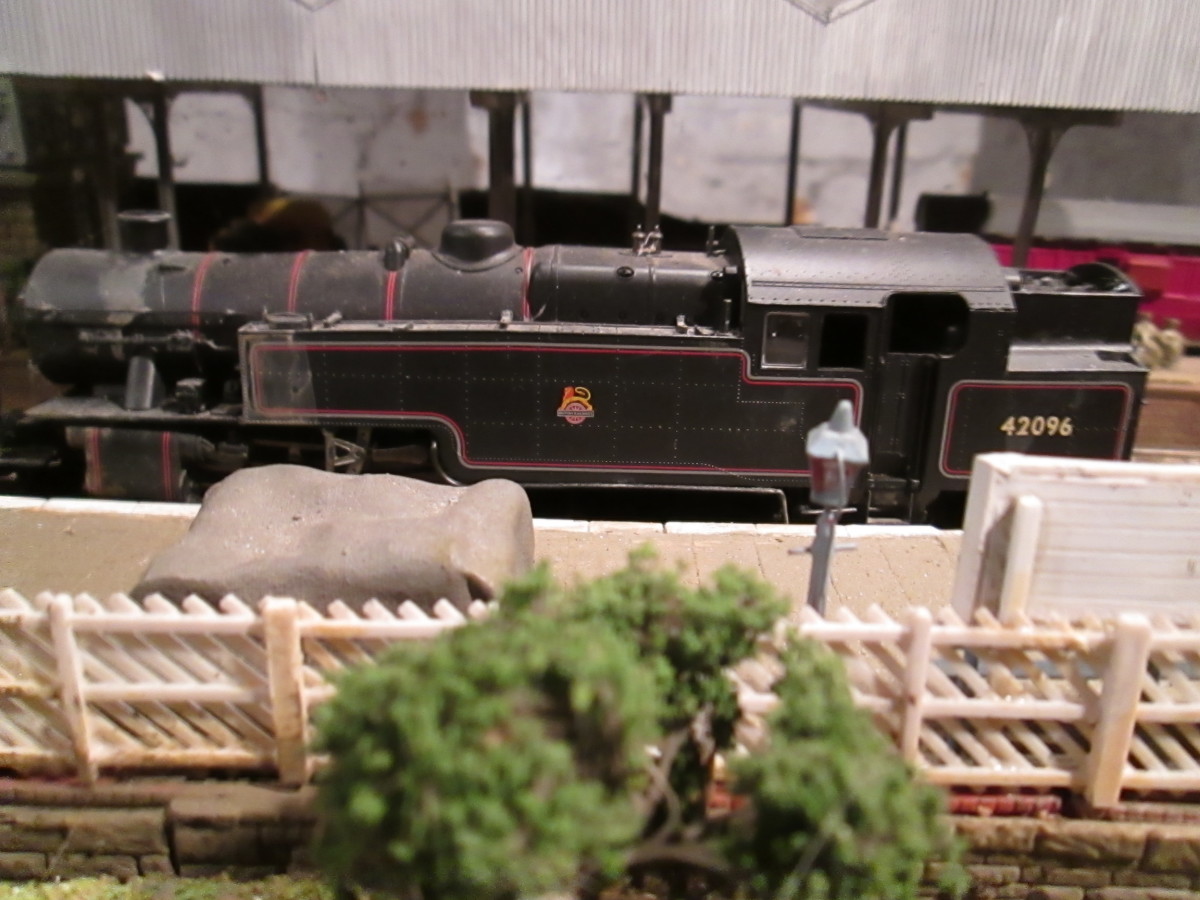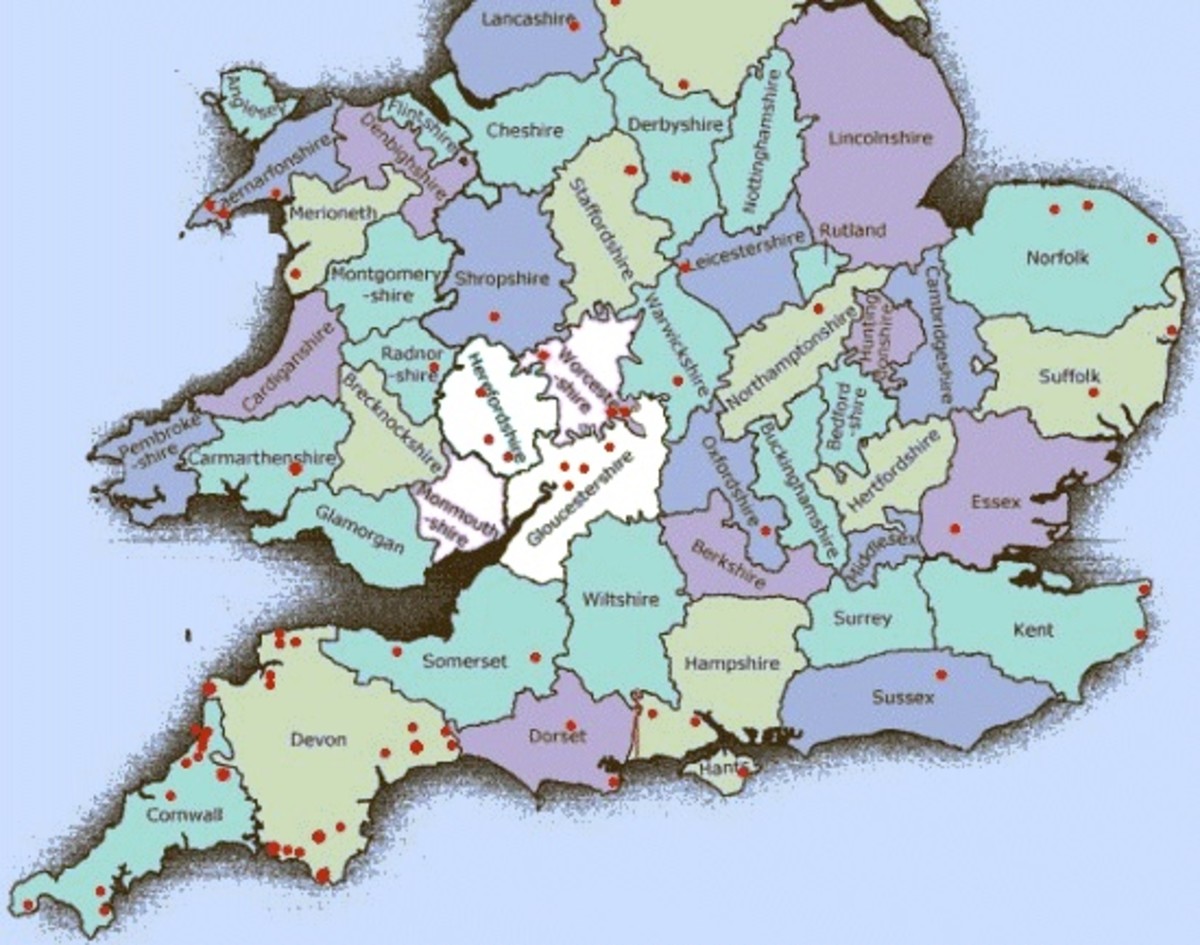Discover the Victorian Isle of Man Railway
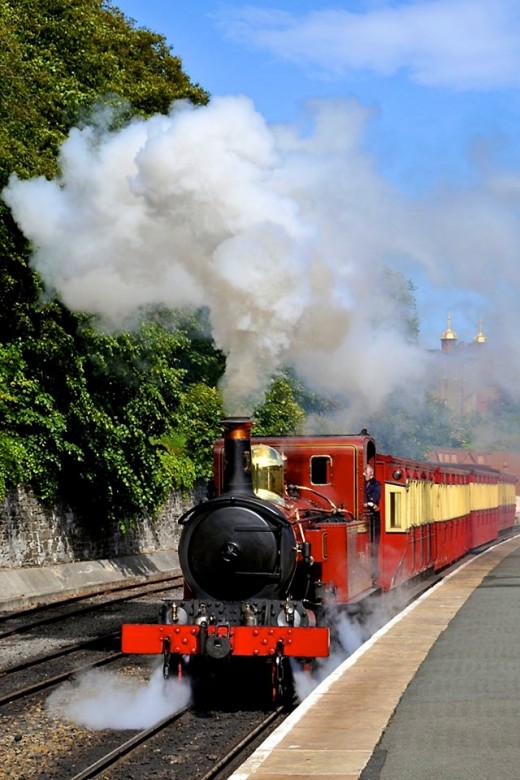
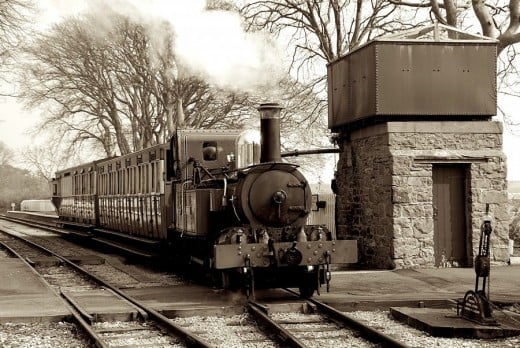
A Manx narrow gauge Victorian transport delight
The Isle of Man Railway (IoMR) was built to gauge of 3ft, and is technically classified as a narrow gauge railway, the reality is the that the IoMR is in fact simply a shrunk down version of standard gauge mainline system. This no ordinary narrow gauge operation - In its heyday in the 1920s and 1930s, the IoMR were operating over 100 trains daily and carrying well over a million and half passengers annual, which is pretty good going considering this was only a 46-mile system on small island in the middle of the Irish Sea measuring 12 miles wide and 33 miles long.
The IoMR was built essentially as a passenger railway with any goods traffic attached to the rear of the trains. While, what remains today is a former shadow of unique railway, the 17 mile long Douglas to Port Erin line still gives a flavour of the IoMR’s glorious past. This is a railway caught in a Victorian and Edwardian time warp, with the oldest steam engine dating from 1873, while the youngest one dates from 1926. All of the IoMR’s rolling stock is as equally as old too. Today, taking a ride on the IoMR is like taking a step back in time not to the last century, but century before that one.
The Isle of Man was quite late joining the railway age, and the railway was only born out of the need to provide transport around the island of the many thousands of Victorian holidaymakers who had fallen in love with the wild rugged charms that the Manx coast and countryside had to offer. The cautious locals believed that the fascination with the island was just a nine day wonder, and it wasn’t until capital was secured from mainland investors such as the Duke of Sutherland did the Isle of Man Railway finally get constructed.
The Isle of Man Railway Company’s first line between the capital Douglas on the east coast to the fishing port of Peel on the other side of the island was officially opened on the 1st July 1873, with the Douglas to Port Erin line in the south being opened the following year. A gauge of 3ft was chosen simply to reduce construct costs and because the island was completely insular, there was no reason to adopt to the standard gauge of the mainland. The IoMR had planned to construct a third route northwards to the town and port of Ramsey in the north of the island, however this proposal was soon dropped due to limited funds and this was deemed the most costly to construct and least profitable of three lines.
However, the disgruntled people of Ramsey, who were annoyed about being left out of the growing and profitable tourist trade, decided to construct their own line. The Manx Northern Railway was opened on 23 September 1879 and ran from Ramsey to St John’s, where there was an interchange station with the IoMR. A short branchline between St John’s and the lead mines at Foxdale was opened by the MNR in 1885 to complete the 46-mile 3ft gauge system. Both the Isle of Man Railway and the Manx Northern Railway operated as independent companies until 1905, when the nearly bankrupt MNR was absorbed into the IoMR network.
The IoMR continued to grow rapidly with the island’s flourishing tourist industry reaching its high in the 1920s and 1930s. However, as with many railways in this period, there was a brief challenge to IoMR supremacy by the motor bus. The mighty Isle of Man Railway rose to this challenger and soon quashed its rival in one swift blow by simply buying out the motor bus company, and start its own bus company, the Isle of Man Road Services. Now both railway and bus reached every corner of the island. The IoMR carried on prospering right up to the out break of war in 1939. As with the first Great War, the island was quickly turned in to a massive internment camp and a base for many military schools and camps with the IoMR running many troop trains.
While the IoMR prepared for the return of the flocks of tourists looking to enjoy a typical British summer holiday at the end of the war in 1945, it soon became clear that people had discovered a new type of holiday - cheap foreign package holidays to Spain and France with almost guaranteed sunshine. People did return to the island, but not in the massive pre-war numbers and a slow decline soon set in the 1950s. The tourist were the life blood of the IoMR, meanwhile the local traffic was hit hard by the advent of the cheap affordable motor cars. The Isle of Man Railway Company soldiered bravely on but finally succumbed at the end of a bad summer in 1965.
This was usually the final chapter of the story for many narrow gauge railways in England, Wales and Ireland, but not the Isle of Man Railway - it wasn’t going lie down and die that easily. No trains ran in 1966, but the whole system was re-opened the following year leased by Lord Alias. The IoMR continued to operate for the next two years, but sadly both the Ramsey and Peel lines closed forever in September 1968. The Douglas to Port Erin line still remains today, owned and operated by the Isle of Man Government along with the Snaefell Mountain Railway and Manx Electric Railway systems under the Isle of Man Heritage Railways title.
Isle of Man Map
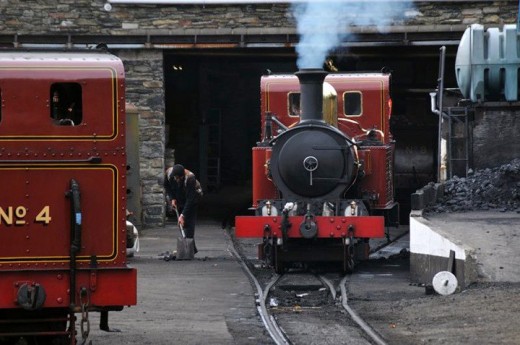
Most railway enthusiasts know the Isle of Man Railway for its unique and iconic fleet of ornate Beyer, Peacock 2-4-0 tank engines. The IoMR were ultimately to own fifteen of this class of locomotive. While the locomotives were all built to the same basic design and supplied over a period of 53 years, with increasing workloads, each batch would be constructed with larger boilers and side tanks. Add to this various modification and improvements of the years meant that no two locomotives looked identical.
Apart from one locomotive, No. 2 ‘Derby’, which was dismantled and scrapped after the war, all the Manx Beyer, Peacocks still survive today. All the engines don’t run, some are stored in various conditions, a couple are on display in Port Erin Railway museum, and one is sectionalised exhibit in the Manchester Science and Industry museum. However, there is a working fleet of these engines. Usually up to five or six of these unique Victorian ladies are available to haul trains during the season.
One of the main reasons for the survival of this fleet of Manx locomotives, and the survival of the Isle of Man Railway itself, is the early standardisation of design, and the ability to swap numerous parts between locomotives to keep them in service. Parts were and still are frequently swapped between locomotives and the result is a class of locomotive who all look slight different. Its similar to the old sailors knife, it has five new blades and two new handles over the years, but its still his original knife. It is reckoned in some cases, all that remains of some of the original locomotive is its name and builders plates - and these too could be replicas.
There is a sixteenth member of the Isle of Man steam locomotive fleet, but this odd girl out is a non-standard Dub's built -0-6-0 tank locomotive called 'Caledonia' . She was originally was purchased by the Manx Northern Railway in 1885 to haul coal and lead ore trains between the mines at Foxdale and the quayside at Ramsey. Both 'Caledonia' and the MNR's own Beyer, Peacock 2-4-0T 'Thornhill' were taken into the IoMR fleet in 1905 when the MNR was absorbed by the IoMR.
The reason for retaining the non-standard 'Caledonia' was simple - her sheer brute force, which was utilised for long Market day goods/ cattle train specials and snow clearance duties. However, much of her life was spend out of action in the back of Douglas engine shed held as statistic reserve - just in case. Today, 'Caledonia' has been restored to her original ornate MNR livery and can often found out hauling passenger trains.
While the Isle of Man Railway looks like a shrunk down standard gauge system, the operation of the railway is rather unique. While trains do run to a timetable, a lot depends on the time of the year, the month, the day of the week, the time of the day, and most importantly by the weather on the day. The IoMR couldn't survive on the local traffic alone and needed the huge influx of holidaymakers every season to make a profit. In the summer, huge trains by narrow gauge standards of 10 bogie carriages where either double headed or banked could be seen, and on some occasions both double headed and banked too. On a wet day, traffic would be considerably less, while in the winter months one or two carriages would suffice the local traffic.
The main terminus station and hub of the system at Douglas was and still is impressive by narrow gauge standards, and even by some standard gauge railway standards too. Even today, after the station was reduced in size loosing one of its platforms, the goods shed and sidings and the canopies over the platforms it still is impressive and oozes atmosphere. Grab a bit of a real Victorian railway today. The season runs from Easter to the end of October.
For more details of timetables and running days see: www.iombusandrail.info/imr-steamrailway.html
© David Lloyd-Jones 2010
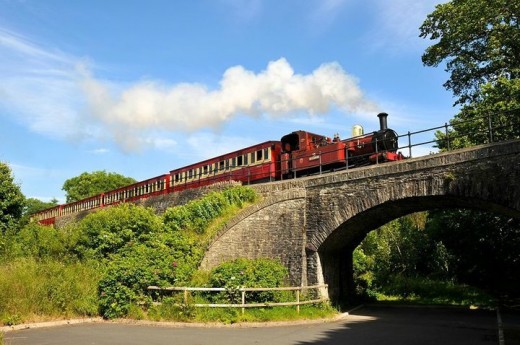
Useful Links : Isle of Man Railway
- Isle of Man Steam Railway Supporters Association
IOMSRSA - Isle of Man Steam Railway Supporters' Association website - a useful guide to the Isle of Man Railway with news and a forum - Bus and Rail Timetables for the Isle of Man - iombusandrail.info
The Official rail timetable and information site for the Isle of Man Railway - updated frequently.


